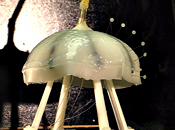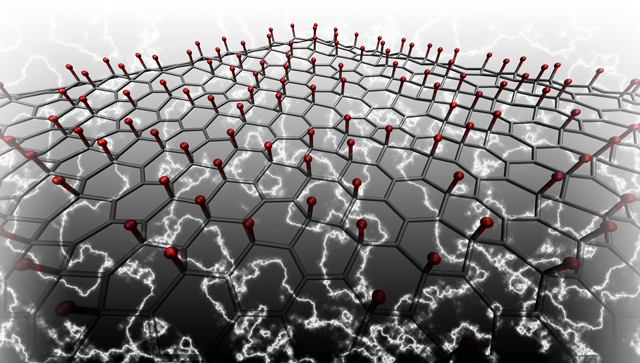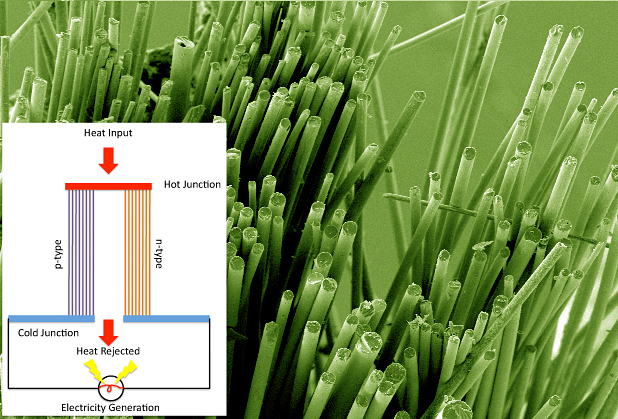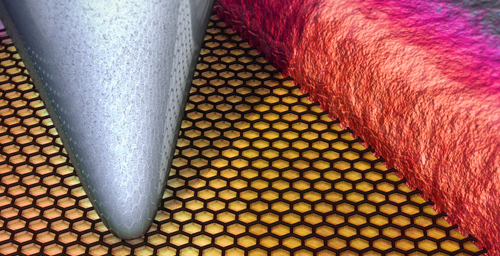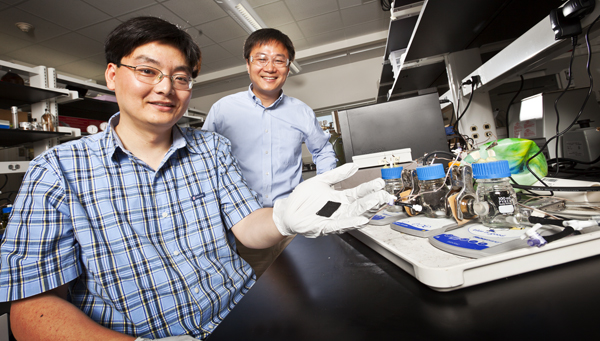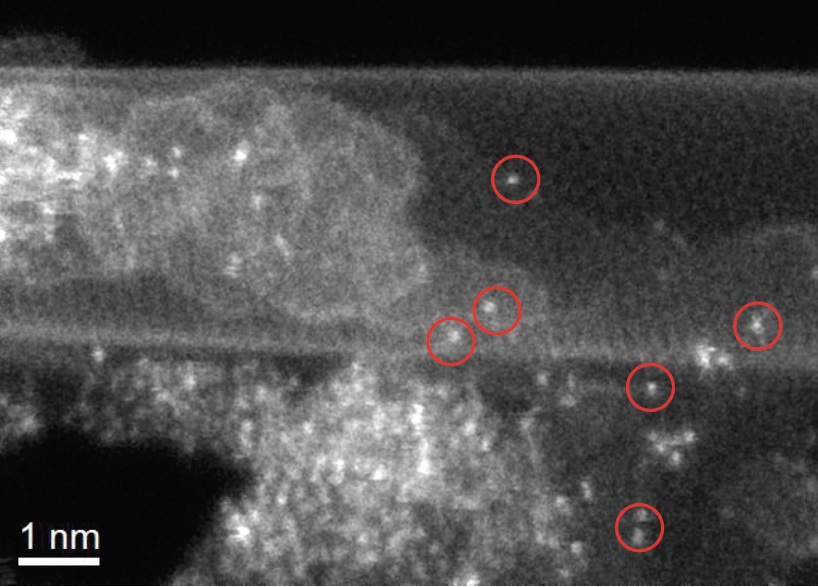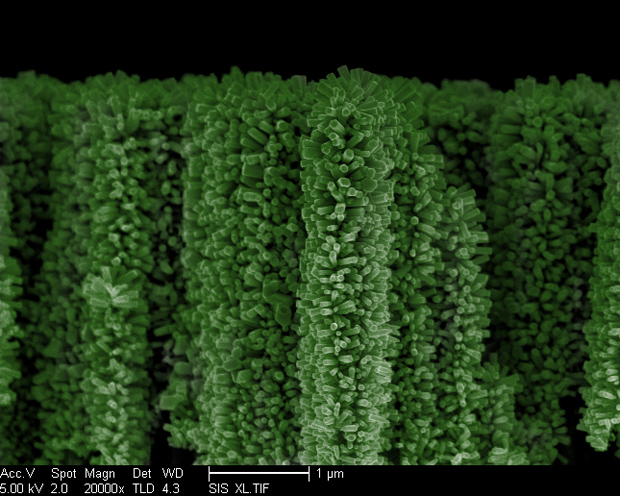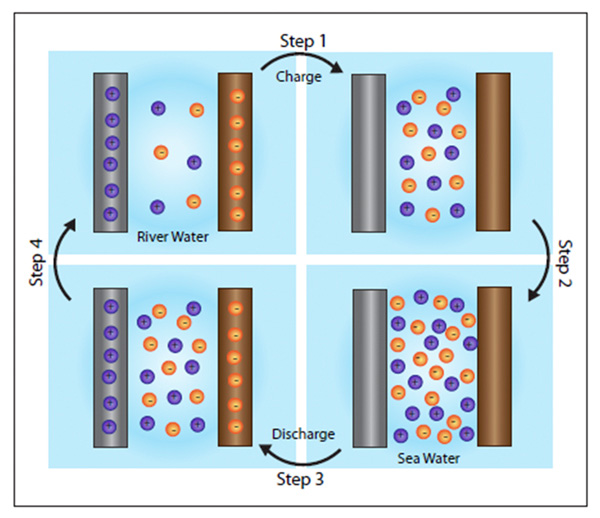The Robojelly built on nanotechnology and powered by hydrogen and oxygen
Researchers at The University of Texas at Dallas and Virginia Tech have created an undersea vehicle inspired by the common jellyfish that runs on...
The piezoelectric effect in graphene at nanoscale
By depositing atoms on one side of a grid of the “miracle material” graphene, researchers at Stanford have engineered piezoelectricity into a nanoscale material...
Nanocrystal-coated fibers might reduce wasted energy
Researchers are developing a technique that uses nanotechnology to harvest energy from hot pipes or engine components to potentially recover energy wasted in factories,...
Self-cooling effect in graphene at nanoscale
With the first observation of thermoelectric effects at graphene contacts, University of Illinois researchers found that graphene transistors have a nanoscale cooling effect that...
Bringing down the cost of fuel cells
Engineers at the University of Wisconsin-Milwaukee (UWM) have identified a catalyst that provides the same level of efficiency in microbial fuel cells (MFCs) as...
International Collaboration Boosts Nanotechnology Research
Despite their initial focus on national economic competitiveness, the nanotechnology research initiatives now funded by more than 60 countries have become increasingly collaborative, with...
Bugs from space to increase the electrical output of the fuel cells
Bacteria normally found 30km above the earth have been identified as highly efficient generators of electricity.
Bacillus stratosphericus - a microbe commonly found in high...
ORNL microscopy reveals workings behind promising inexpensive catalyst
A newly developed carbon nanotube material could help lower the cost of fuel cells, catalytic converters and similar energy-related technologies by delivering a substitute...
Nanotrees Harvest the Sun’s Energy to Turn Water into Hydrogen Fuel
University of California, San Diego electrical engineers are building a forest of tiny nanowire trees in order to cleanly capture solar energy without using...
How to generate electricity from fresh water and salty ocean water
Stanford researchers have developed a battery that takes advantage of the difference in salinity between freshwater and seawater to produce electricity.
Anywhere freshwater enters the...

